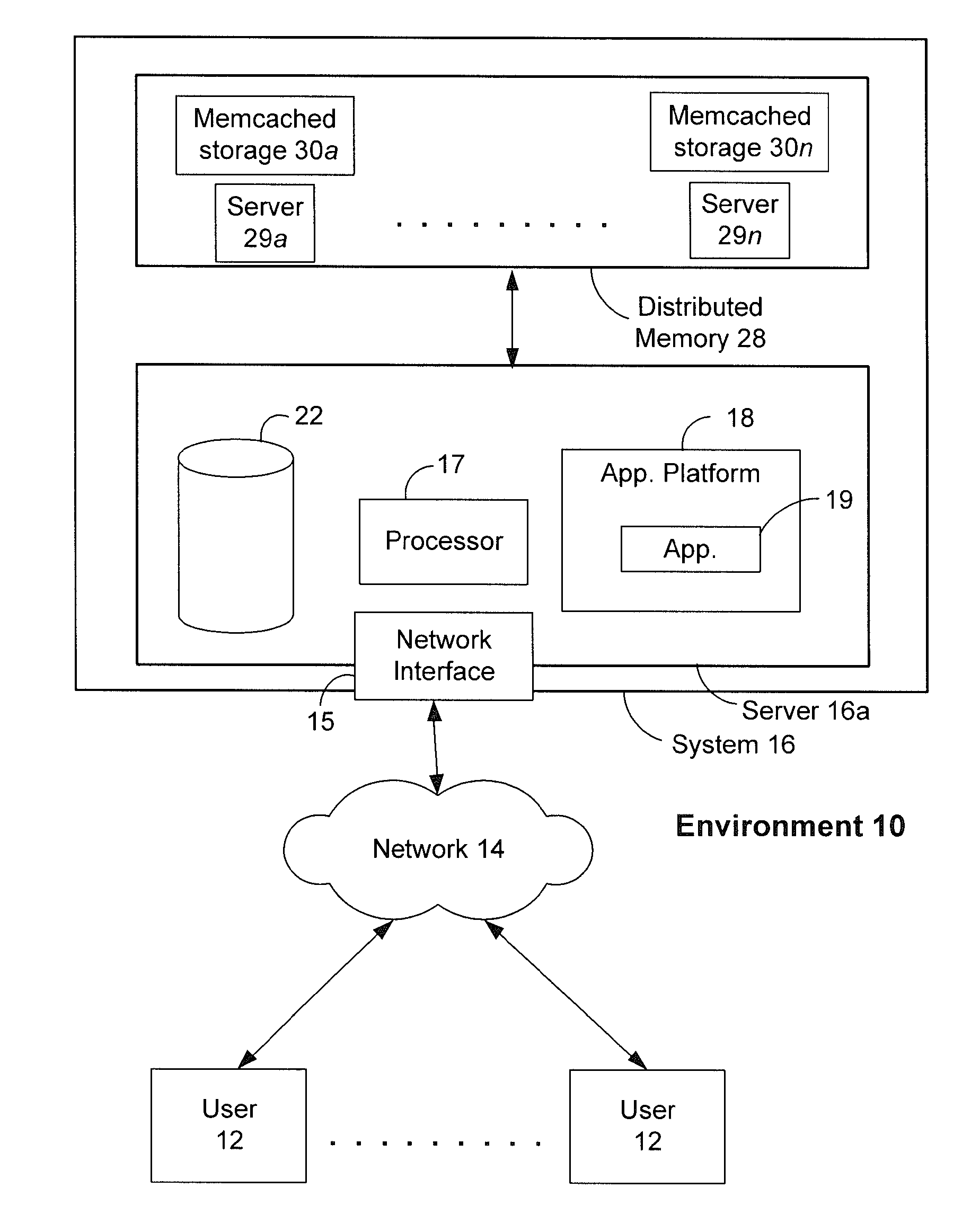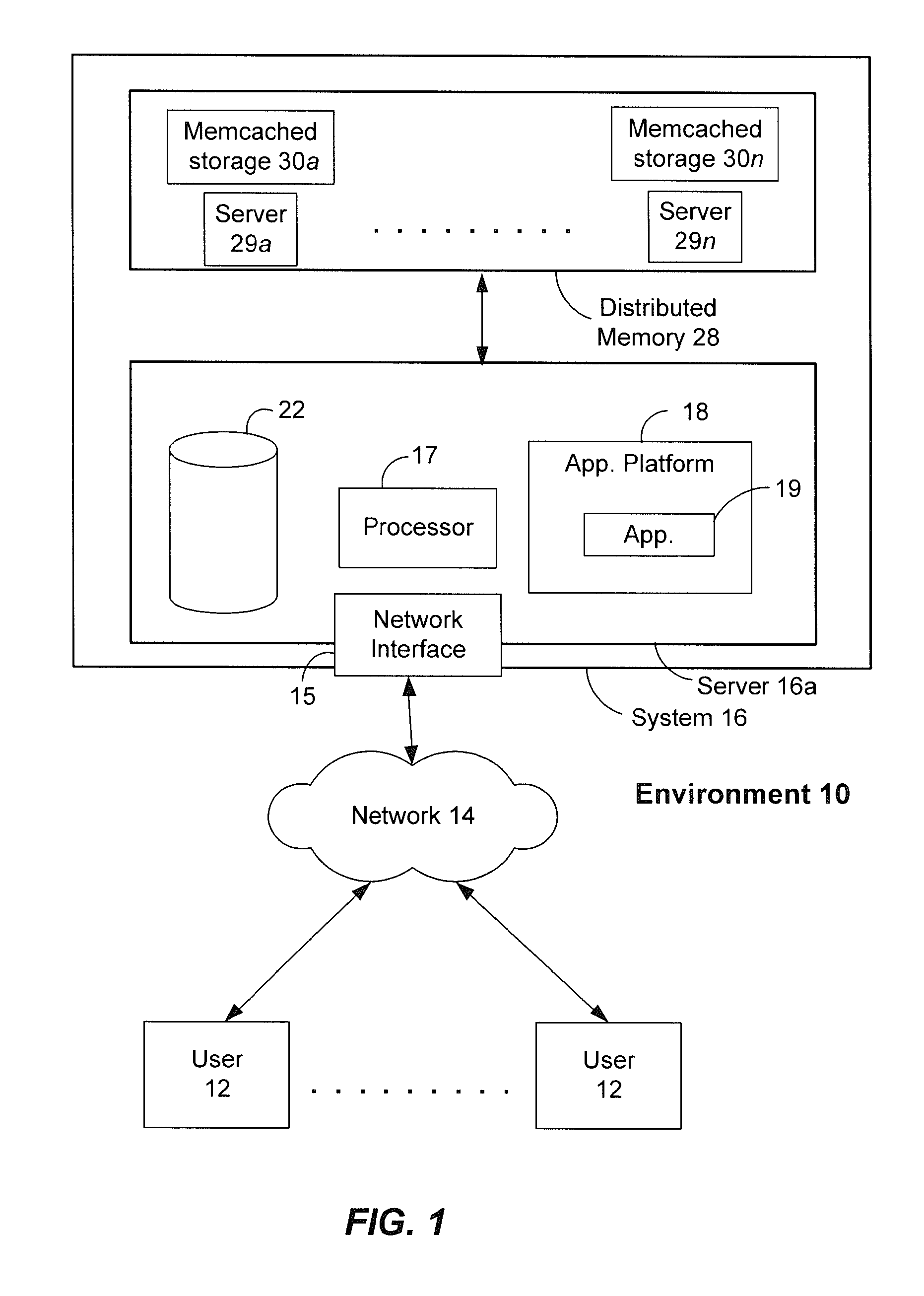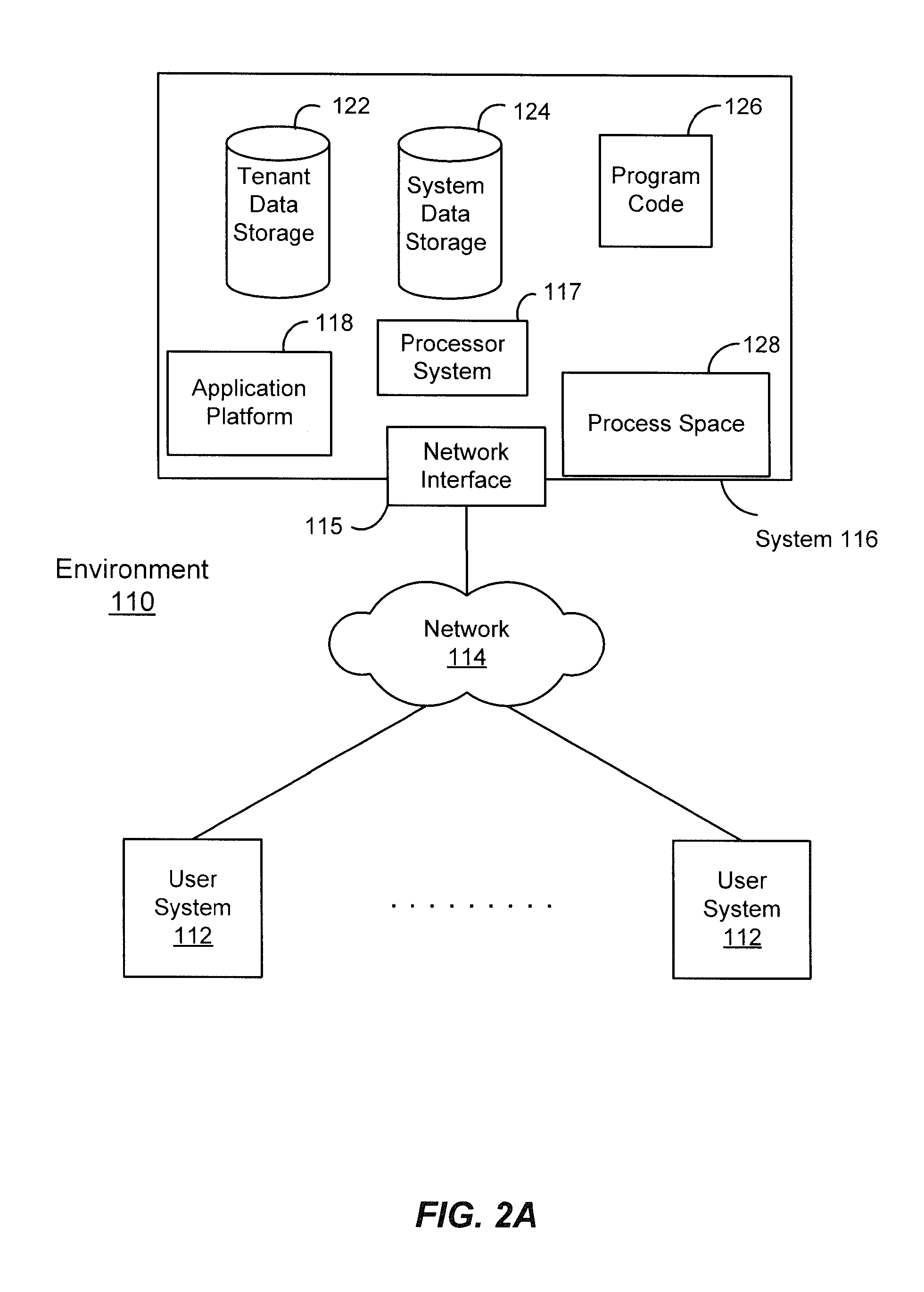Methods and systems for processing graphs using distributed memory and set operations
- Summary
- Abstract
- Description
- Claims
- Application Information
AI Technical Summary
Benefits of technology
Problems solved by technology
Method used
Image
Examples
case 1
[0094]
∪wεId+1(m,n)S(m,w)×S(w,n)
case 2
[0095]
∪wεId(m,n)S+1(m,w)×S(w,n)∩S(m,w)×S+1(w,n)
[0096]From Lemma 2 above, by removing from the result set the paths found by Equation (3) in which the neighbors of w are identical, all paths with cycles in them are eliminated. We concentrate on these cases base use case. If m is not directly linked to n, then a path of length d+2 already has at least 3 intermediate nodes and likely contains all the paths of interest.
[0097]For paths of length greater than d+2, checking for cycles becomes more onerous and devolves to checking each pair of path segments as they are placed together.
[0098]For directed graphs, Equation (1) can be modified as follows:
Im(a,b)=O[m / 2](a)∩I[m / 2](b) for m>1 (1A)
[0099]O[m / 2](a) is the set of nodes reachable from a via a directed path of length [m / 2] and not by a shorter path. I[m / 2](b) is the set of nodes v where b is reachable from v via a directed path of length [m / 2] and not by a shorter path. Equation (2) is unchanged, but Equation (0) becomes:
Od+1(v)=∪wεOd(...
PUM
 Login to View More
Login to View More Abstract
Description
Claims
Application Information
 Login to View More
Login to View More - R&D
- Intellectual Property
- Life Sciences
- Materials
- Tech Scout
- Unparalleled Data Quality
- Higher Quality Content
- 60% Fewer Hallucinations
Browse by: Latest US Patents, China's latest patents, Technical Efficacy Thesaurus, Application Domain, Technology Topic, Popular Technical Reports.
© 2025 PatSnap. All rights reserved.Legal|Privacy policy|Modern Slavery Act Transparency Statement|Sitemap|About US| Contact US: help@patsnap.com



